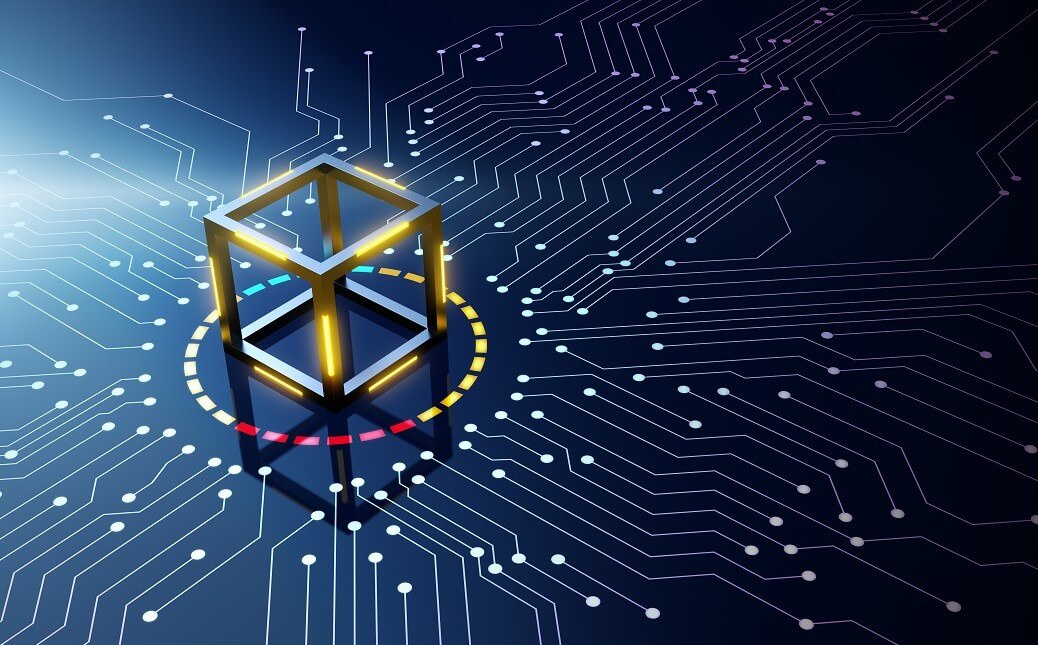As the world's economic condition is worsening every year, everyone wants to get a hold of as many ways to generate income as possible. Cryptocurrency has been a great way for investors to earn passive income and manage their finances in a better and more efficient way. However, it can be difficult for new investors to know everything about crypto. In this blog, we will tell you about blockchain nodes and how they work.
0Percent enables you to get the best crypto nodes for passive income; they want their clients to have stable investment plans, so they get a more stable future.
Blockchain Nodes
Blockchain nodes are a part of cryptocurrency that work as moderators and build the infrastructure of a decentralized network. They primarily work to maintain the consensus of a blockchain's public ledger. This ledger varies from one type of node to another.
Blockchain is a decentralized system which means that there is no centralized authority like central banks or government over a network. Instead, it is backed by a fundamental nexus of nodes that are stakeholders and devices that connect them to a network. A team is elected by a democratized system to control the platform, and they execute tasks like authenticating transactions and decision-making protocols.
The more nodes a blockchain has, the most decentralized it becomes. If we speak technically, a healthy number of nodes spread across unique locations decentralizes the platform and gives control and power.
How Do They Work?
Blockchain nodes primarily have 3 functions to perform: maintenance, validation, and accessibility. They keep all the records of transactions safe and encrypted while still working on new nodes and transactions. They are operationally designed to handle transactions based on majority consensus. They accept and reject proposals depending on the authentication. Authenticated ones get added to the blockchain and distributed network-wide, while unauthenticated ones are not approved. Consensus mechanisms make sure that all nodes remain in sync and that all copies of the ledger are instantly updated, so the data stays up-to-date.
Nodes are also storage containers of a blockchain. Any time a user wants to retrieve the information, they will be interacting with a node, and they are completely transparent and accessible to anyone.
Types Of Blockchain Nodes
Blockchain nodes are quite different in nature and their functions. However, despite their differences, they are integrated and work toward maintaining the network. Before discussing the types of blockchain nodes, it is important to understand that one blockchain protocol can require a multitude of nodes, with each node fulfilling a function in the ecosystem. Generally, a seven-node network may be inclusive of four computers, a router, a printed, and a remote device. The following are the types of blockchain nodes.
- Full node
- Archival full node
- Supernodes
- Lighting nodes
- Mining nodes
- Pruned full nodes
- Light nodes
- Authority nodes
- Staking nodes
- Master nodes
If you want to know about these blockchain nodes in detail, reach out to 0Percent. They can help you get the best crypto nodes for passive income.


No comments yet